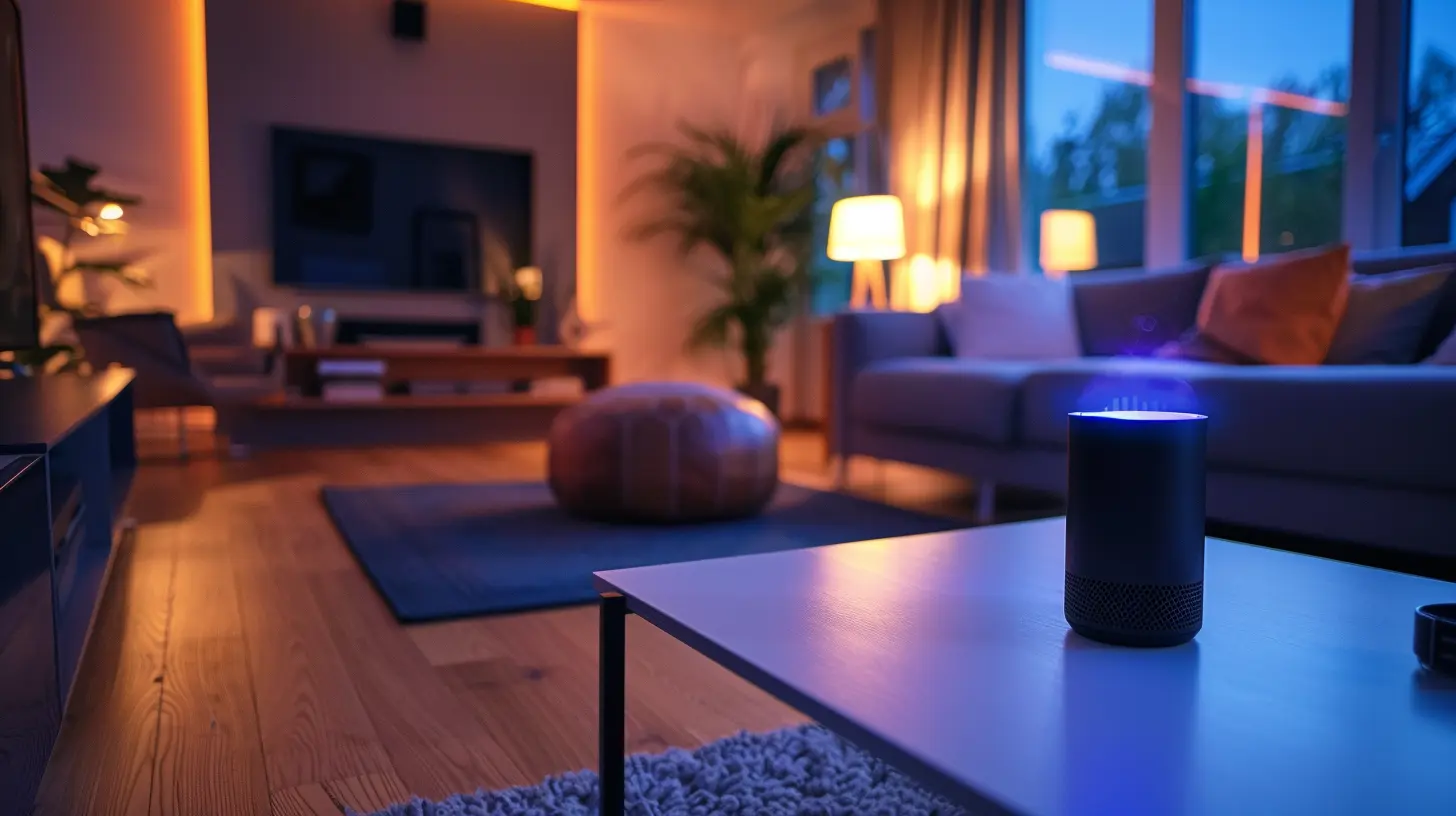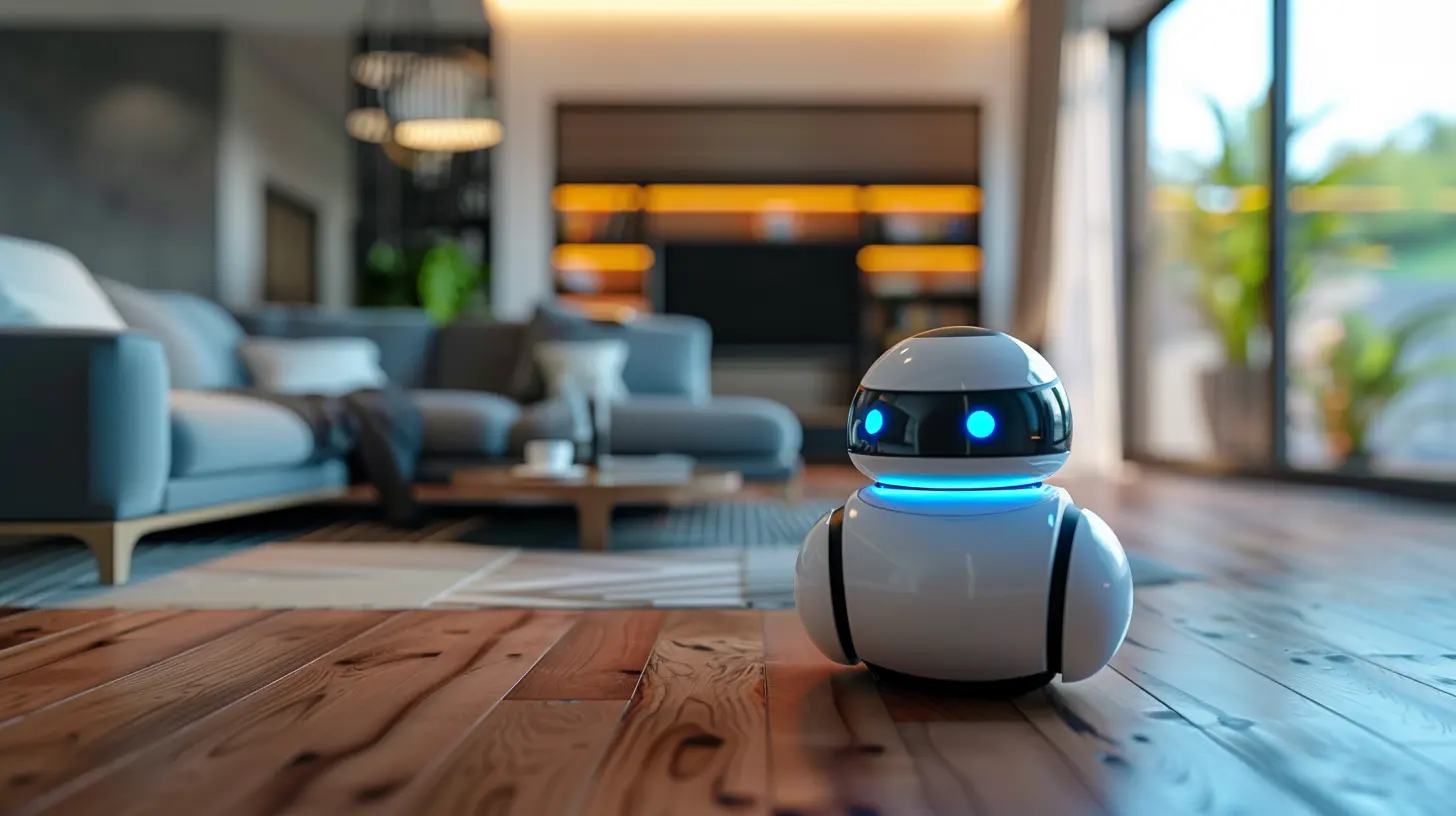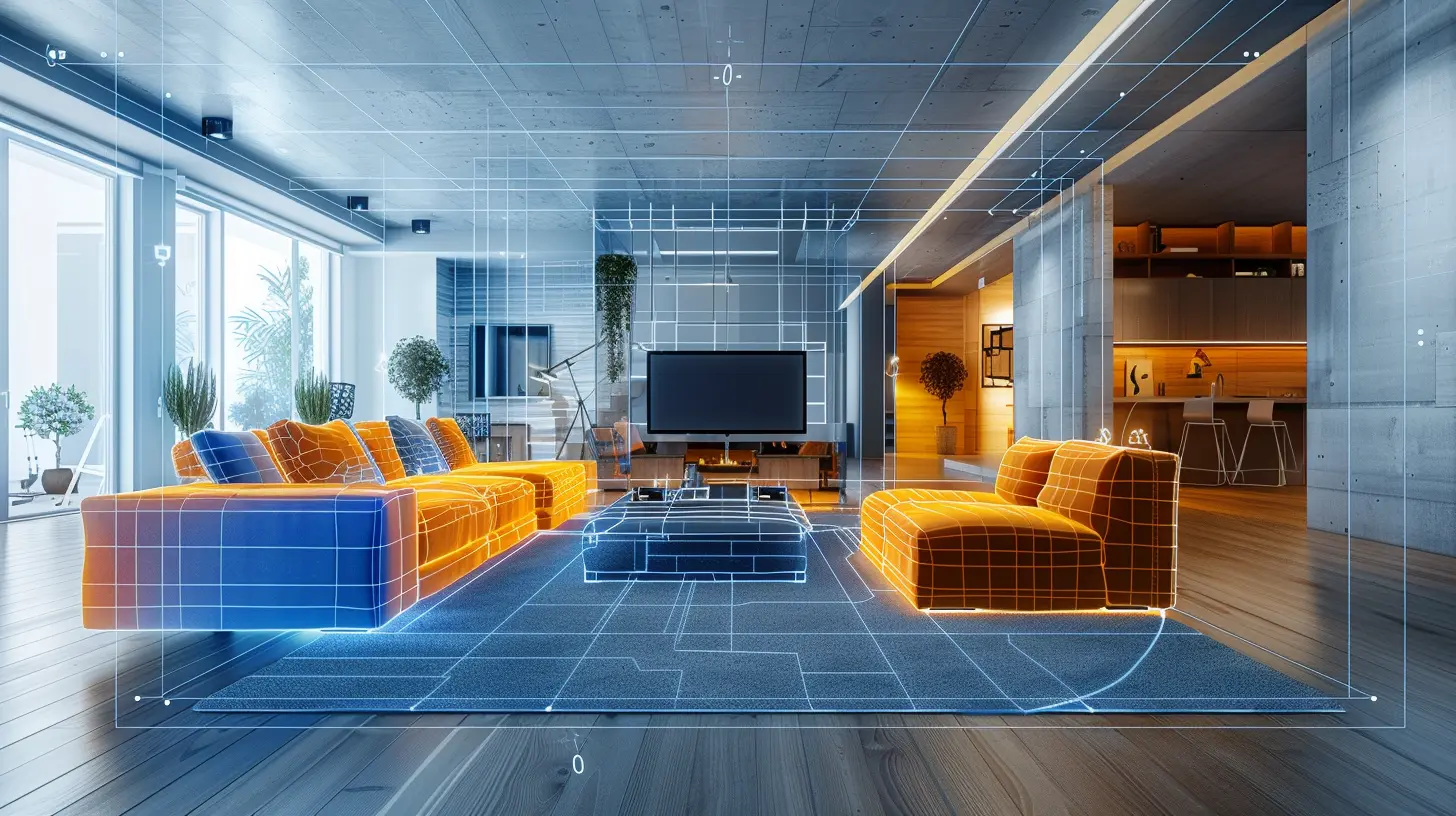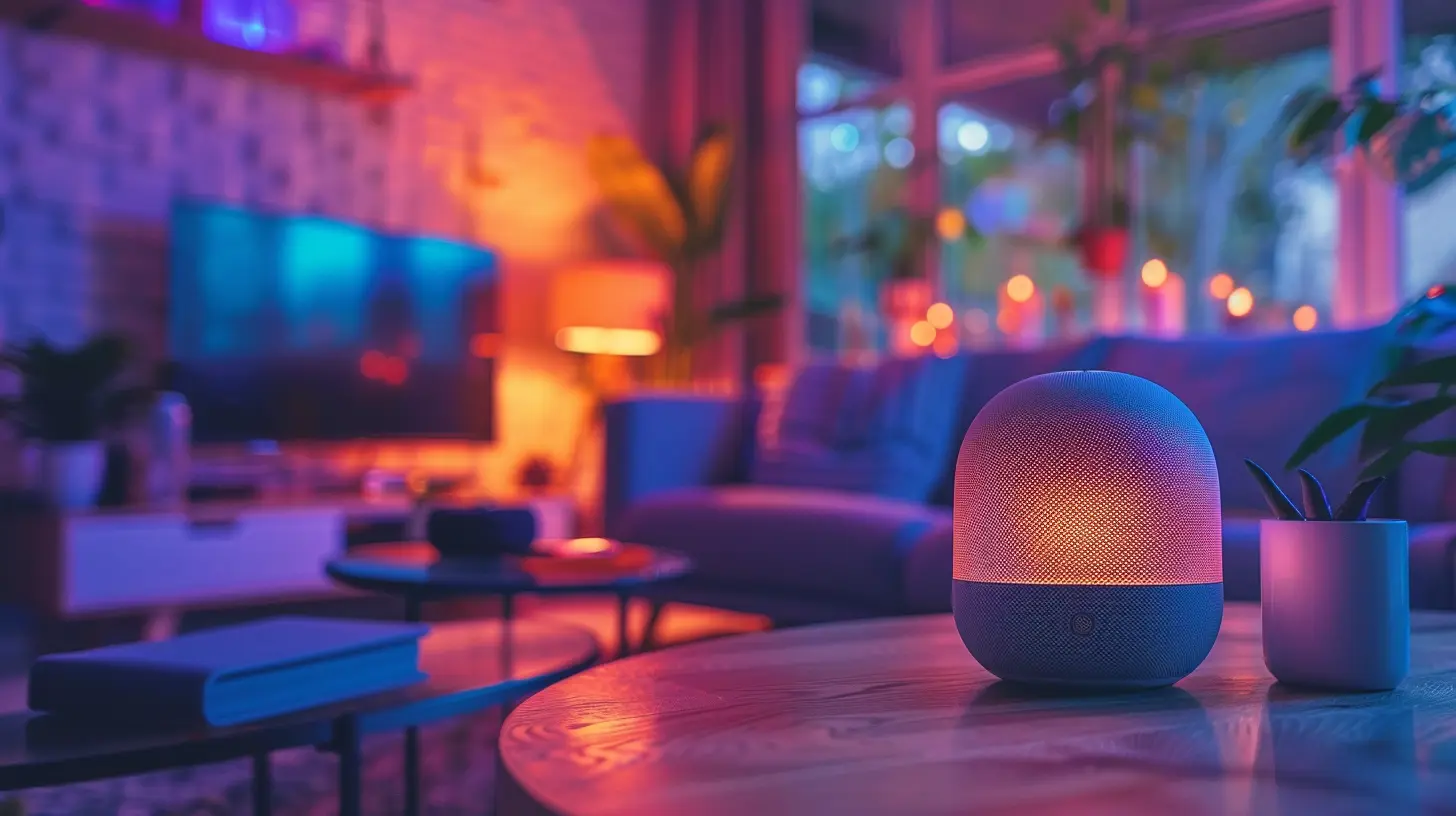Making Your Home More Accessible with Automation
6 October 2025
Ever dreamed of living in a home where lights turn on with a clap, doors open without lifting a finger, and your voice controls everything? Well, we’re not imagining the future anymore — we’re living in it. Thanks to smart home automation, making your home more accessible is no longer reserved for sci-fi movies or the ultra-wealthy. Whether it's helping someone with limited mobility or just making life a little more convenient (because, hey, who likes getting out of bed to turn off the lights?), home automation is changing how we live — especially for those who need it most.
Let’s take a deep dive into how automation is opening doors (literally and figuratively) to create homes that are safer, smarter, and more inclusive.
Why Home Accessibility Matters
Accessibility in the home isn't just for people with disabilities or the elderly. It's for busy parents juggling kids, people recovering from surgery, or even someone carrying groceries in both arms. Think about it — haven't you ever wished your home would just "get" you and respond accordingly?Creating a home that works for everyone — regardless of age or physical ability — is not just compassionate; it’s practical. And when you throw automation into the mix, you’re basically handing your home a brain. A smart one.
What Is Home Automation, Really?
Let’s bust the jargon, shall we? Home automation is the use of smart devices and systems that allow you to control basic home functions like lighting, temperature, security, and appliances — usually through your voice, a smartphone app, or even automatically.It's like giving your home a digital upgrade with superpowers. Imagine walking into a room and the lights automatically brighten to your preferred level. Or, getting a notification when someone opens your front door while you're miles away. Automation doesn't just make things convenient — it makes them accessible. 
Accessibility Meets Smart Technology: A Perfect Match
So, how exactly does smart tech make homes more accessible? Glad you asked.Here’s the thing — accessibility and automation go hand-in-hand like peanut butter and jelly. People with mobility issues, visual impairments, or cognitive challenges can all benefit from a home that responds to simple commands or anticipates their needs.
Examples in Everyday Life:
- Voice-Controlled Assistants like Amazon Alexa, Google Assistant, or Siri can turn on lights, change the thermostat, or even lock the door.- Smart Sensors can detect motion and automatically turn on lights or alert someone if a fall is detected.
- Automated Blinds and Curtains can open and close at the push of a button — no tugging required.
- Smart Door Locks and video doorbells offer security and ease, especially for individuals who can't easily reach or use traditional locks.
Basically, automation can be a game-changer for anyone needing a helping hand — but without actually needing another person around 24/7.
Key Areas to Focus On: Making Each Room Smarter
Let’s break it down room by room. By tackling specific areas, you can gradually transform your space into a smart, accessible haven.1. The Living Room – Command Central
This is where most people spend their downtime, so it’s a great place to start.- Smart Lights: Set schedules or use motion sensors to automatically turn lights on/off.
- Voice Assistants: Control your TV, music, lights, and more — all with just your voice.
- Smart Plugs: Easily toggle appliances and devices without needing to physically interact with switches.
Got the remote buried under a pile of laundry? No worries — just ask Alexa to play your favorite show.
2. The Kitchen – Safety First
Kitchens can be tricky, especially for folks with visual impairments or limited mobility. A slip here can be downright dangerous.- Smart Appliances: Think ovens with voice control, fridges that tell you what's inside, and faucets that turn on with a wave.
- Auto Shut-Off Devices: Avoid those “Did I leave the stove on?” moments — your house remembers so you don’t have to.
- Motion-Activated Lighting: Because searching for light switches with your hands full is just… chaos.
3. The Bedroom – Comfort and Convenience
We all want to feel safe and comfortable where we sleep.- Smart Thermostat: Adjust the temperature without getting out of bed.
- Automated Curtains: Wake up to natural light without lifting a finger.
- Bedside Voice Control: Control everything in the room without moving an inch.
Now imagine someone with arthritis or recovering from surgery — being able to do all this without moving around is a total blessing.
4. The Bathroom – Privacy Meets Safety
Bathrooms might be the smallest room in the house, but they pack a punch when it comes to safety concerns.- Voice-Activated Lights: No slips and trips in the dark.
- Smart Water Controls: Set safe water temperature levels to avoid burns.
- Emergency Alerts: Wearables or sensors that notify caregivers in the event of a fall.
Privacy and independence? Automation helps preserve both.
5. The Entrance – Security and Ease
Getting in and out of a home should be the easiest thing ever — especially for someone in a wheelchair, with chronic pain, or carrying groceries.- Smart Doorbells: See and talk to visitors without rushing to the door.
- Keyless Entry: Forget fumbling with keys; just use your phone or a custom code.
- Automated Door Openers: Doors can open and close automatically, granting easy access without physical effort.
The Role of Voice Assistants in Accessibility
Voice assistants have truly become the unsung heroes of home automation. For someone who can’t easily press buttons or get up every time something needs doing, voice control is pure gold.You can set routines, like saying “Goodnight” to turn off the lights, lock the doors, and lower the thermostat. Need help? Just say, “Call for help,” and your assistant can place a call in seconds.
The secret sauce here is that it’s hands-free, intuitive, and incredibly customizable to suit different needs.
Let’s Talk Budget — Is This Stuff Affordable?
You might be thinking, “Sounds great, but is this going to cost me an arm and a leg?” The answer: not necessarily.The beauty of home automation is that it’s super scalable. Start small — maybe with a smart speaker and a couple of smart plugs — and build from there. Many devices also qualify for disability grants or insurance coverage depending on your location, especially if they support medical or accessibility needs.
Plus, think long-term. Investing in smart tech now can lower energy bills, reduce the need for paid assistance, and increase the value of your home.
Privacy and Security: What You Need to Know
Of course, adding smart tech to your home isn’t without some trade-offs. You're giving your home a brain, but that brain is connected to the internet. So yes, security and privacy matter — big time.Here’s how to stay safe:
- Use strong, unique passwords for each device.
- Keep your firmware and apps updated regularly.
- Enable two-factor authentication where possible.
- Only buy products from reputable brands.
Don’t let convenience come at the cost of your data. Be smart about being smart.
A Future-Proof Home: Think Long-Term
Here's the thing: making your home accessible with automation isn’t just about meeting today’s needs. It’s about planning for tomorrow. Even if you're totally mobile now, things change — accidents happen, people age, and needs evolve.By integrating smart tech now, you’re setting up a home that can adapt along with you. It’s like planting a tree — the sooner you get started, the better the benefits down the line.
Final Thoughts: It’s All About Choice and Control
Accessibility is about giving people control over their environment — and automation does just that. Whether you’re dealing with a temporary injury or a lifelong condition, or you’re just after that sweet, hassle-free life — smart home automation lets you interact with your home on your terms.So why not start turning your home into a partner instead of just a place? One step (or one device) at a time, you can make your home more accessible, comfortable, and ultimately — more like you.
all images in this post were generated using AI tools
Category:
Home AutomationAuthor:

Ugo Coleman
Discussion
rate this article
1 comments
Grey Valentine
Embrace technology to create a more accessible home! Small automation changes can greatly enhance comfort and independence for everyone. 🌟
October 8, 2025 at 4:14 AM

Ugo Coleman
Absolutely! Small automation changes can significantly improve comfort and independence, making homes more welcoming for everyone. Thank you for highlighting this! 🌟


